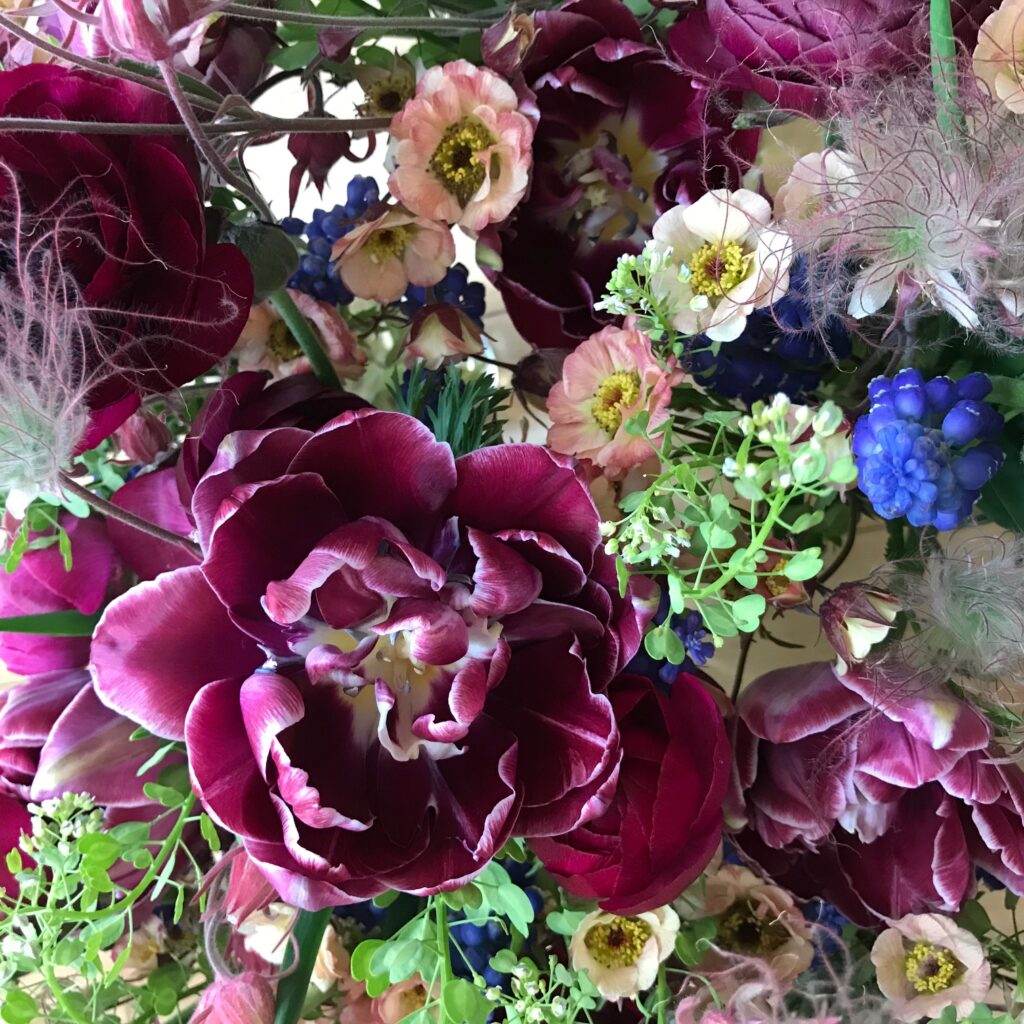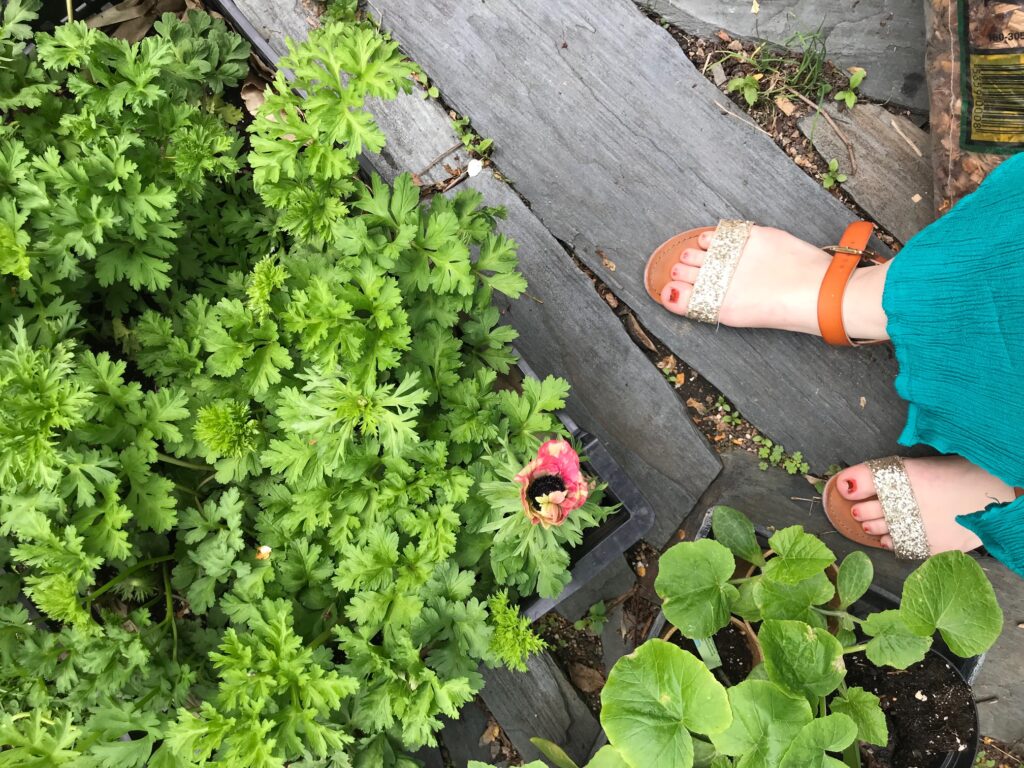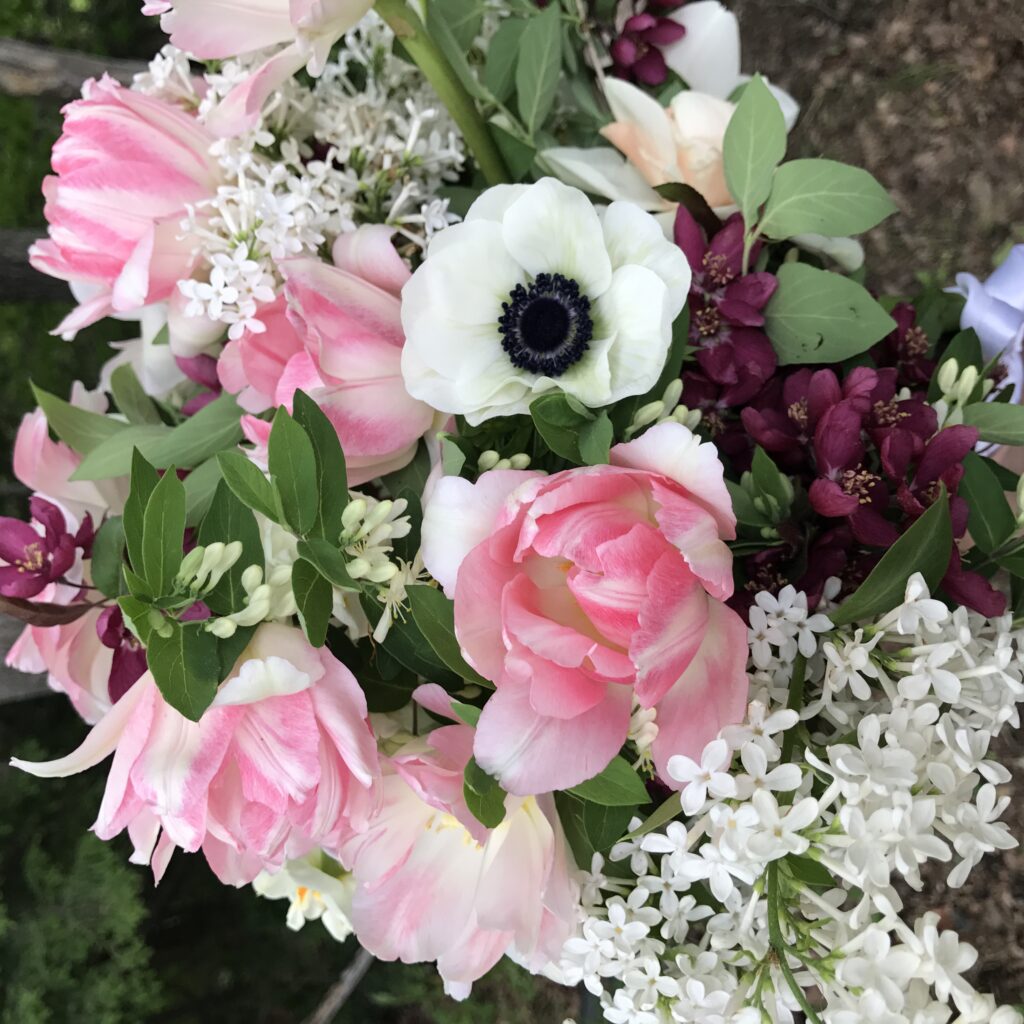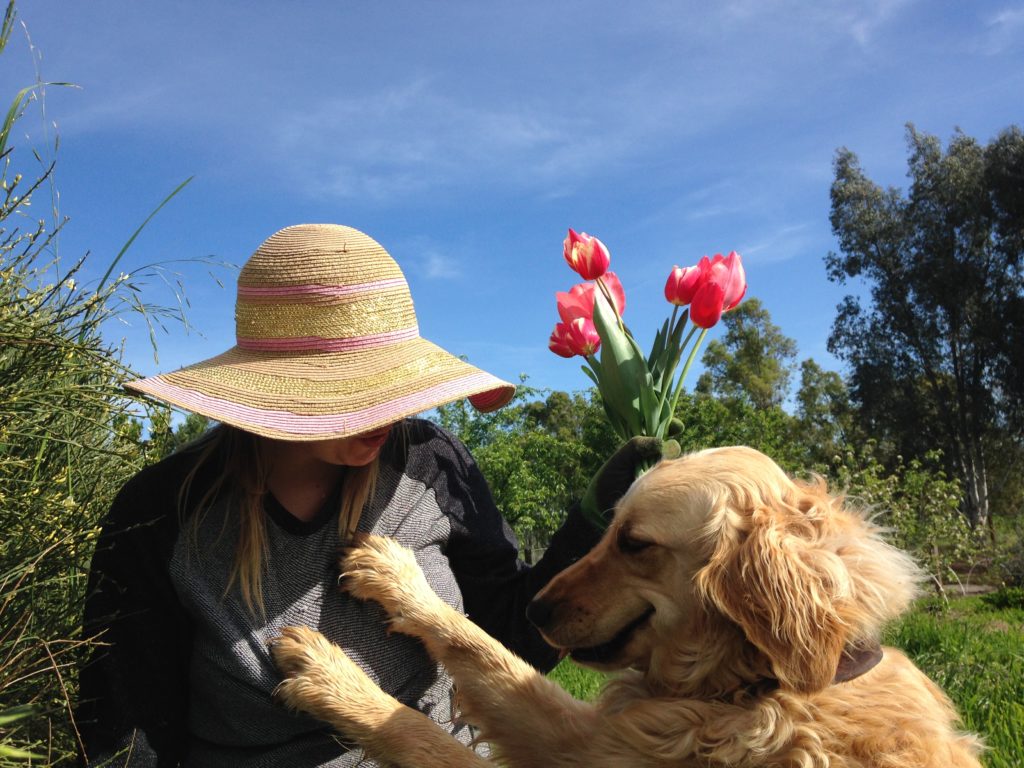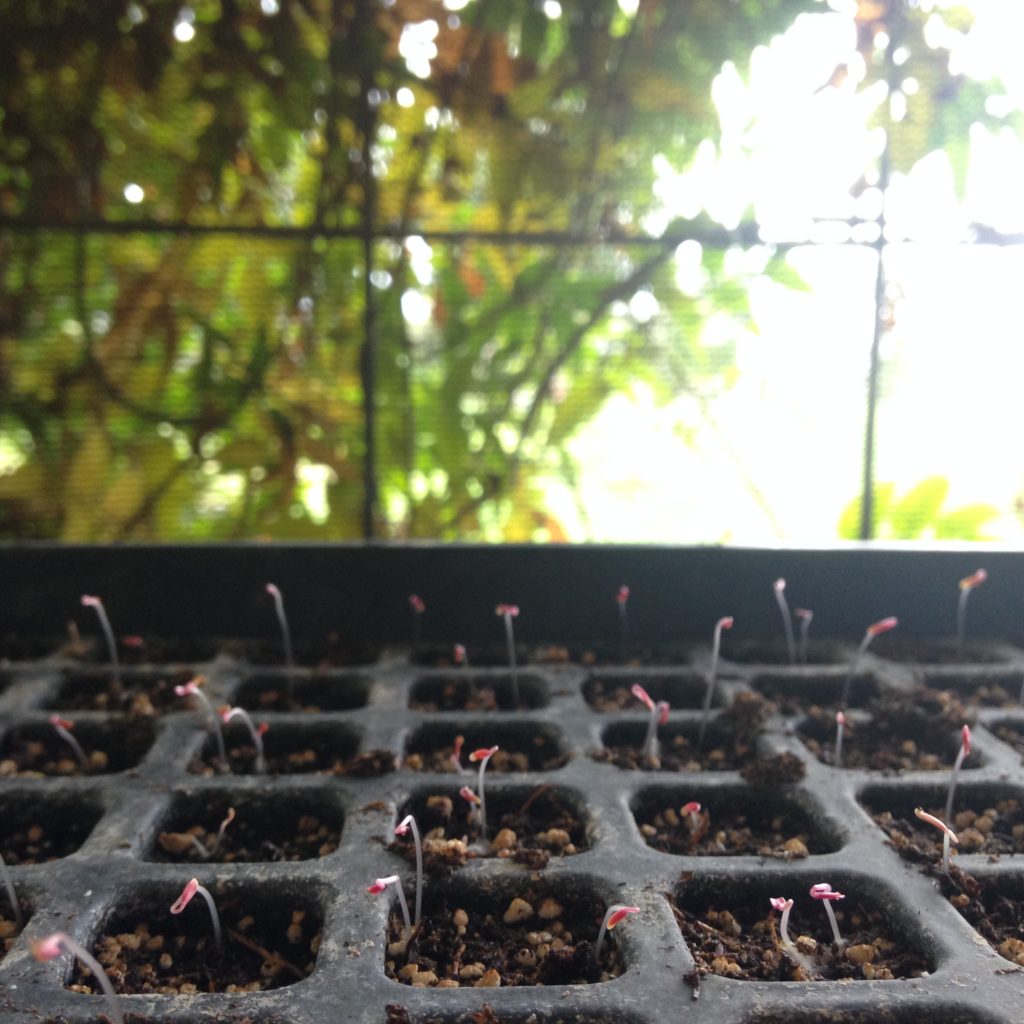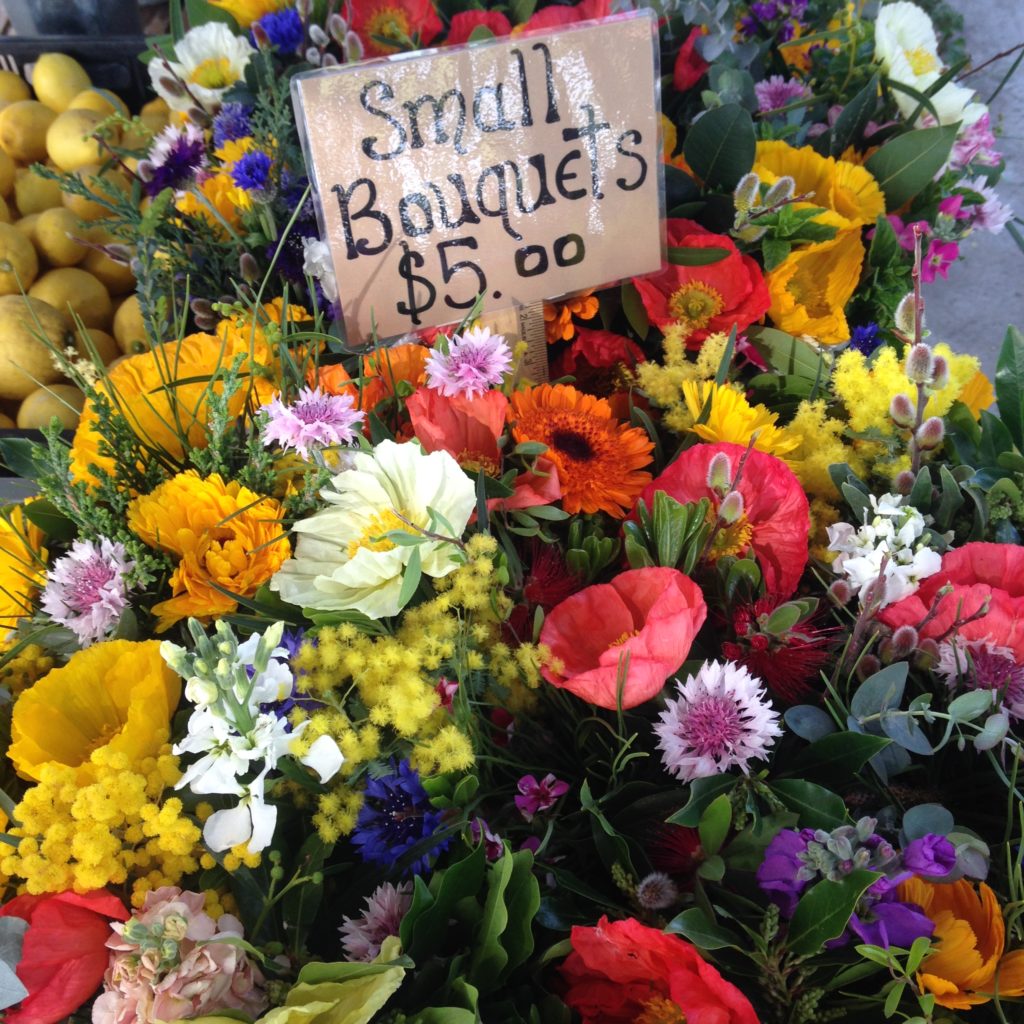Flowers within Reach: Resources for Beginner Backyard Gardeners
You love flowers, you have a sunny spot in your backyard, and this year is the year you’ll start a garden!
Today I am sharing some of my favorite resources for folks who want to get started growing their own flowers on a small scale. January and February is the time for garden planning and for ordering seeds and supplies. Then – BAM – it’s March and time to get your hands in the soil for real.
Below are links to websites, downloadable PDFs, a couple of my favorite books, and some suggestions for brick & mortar garden stores around the Twin Cities you can visit for supplies, inspiration and events. This post compiles resources most useful for folks wanting to start annual flowers from seeds. Stay tuned in the future for resources about bulbs, tubers, perennials and more.
Online Resources
Seed Saver’s Exchange
This Iowa-based non-profit is dedicated to preserving heirloom varieties of plants. They carry a wide variety of heirloom, organic and non-GMO seeds for mostly edible crops but also flowers. In the “Learn” section of their site, you’ll find a wealth of resources on how to plan a garden, how to start seeds and even how to save seeds from your matured plants at the end of the season. They also have useful guides about pollinators.
If you’re new to starting seeds indoors, check out this awesome free handbook from Seed Savers Exchange.
Fedco Seeds
My friend Melissa of Tanglebloom Flower Farm in Vermont recently introduced me to Fedco. They are a cooperative based in Maine and specialize in cold-hardy plants. I find two other aspects of Fedco particularly fab. They stock and categorize seeds for dye plants (plants that have roots, leaves, flowers, etc. that color can be extracted from and transferred to fibers and other materials). As a yarn nerd, this brings me joy. Second, they have a selection of seeds for which they pay an “Indigenous Royalty.” Here’s what they have to say about that:
“We pay royalties in recognition of the native breeders and Seed Keepers of the past, whose varieties have endured and continue to sustain us here on Turtle Island. We are indebted to those keen eyes, practiced hands and seed relationships, so often overlooked. Fedco’s catalog is rife with references to probable native provenances. We pay royalties for varieties that either hold a Wabanaki (from this bioregion) story or that have a tribal designation in the name. These royalties will go to the Nibezun Project here in Maine. Search for IR varieties.“
For that, I truly admire Fedco. May they be an example to us all.
Print this PDF (or view online) for pertinent growing details for countless varieties of flowers.
Johnny’s Selected Seeds
You may be familiar with Johnny’s. While I encourage you to buy seeds and supplies from the littler guys (mentioned above) who have remarkable values, Johnny’s is a great place for seeds not found elsewhere. More than that, go to Johnny’s for their resources. Johnny’s Cut Flower Garden Planner for Home Gardeners is a PDF useful for the big picture. It covers the whole process from planning to harvest in a simple, brief manner. Also in their Flower Library, you can find production guides or “tech sheets” for select varieties: here’s one on one of my favorite cut flowers, China Asters. Spend some time in the Flower Library and other resource pages; you’ll learn a lot!
B o o k s
“In Bloom” by Clare Nolan is my new favorite book. Call your favorite bookstore to see if it’s available. The author dedicates a page or more to each flower type, showcasing her favorite varieties, sharing how to grow, harvest and arrange them. These details are prefaced by a good 40 pages on getting started, and will no-doubt help you focus your goals and turn the big picture into a plan of action. The photos throughout are gorgeous scenes of backyard garden bliss.
Another resource is “Floret’s Cut Flower Garden,” written by celebrity flower-farmer Erin Benzakein. Similar to above, her book covers the ins and outs of many different varieties.
Both of these authors are writing from climates warmer than ours, but generally, the information is applicable, except for some winter-related topics.
Garden Centers around the Twin Cities
Egg|Plant Urban Farm Supply in St. Paul is a great place for seed-starting supplies, soil, compost, and seeds.
If you’re in Minneapolis, check out Tangletown Gardens and Wagners Garden Center– they’re my favorites on this side of the river.

